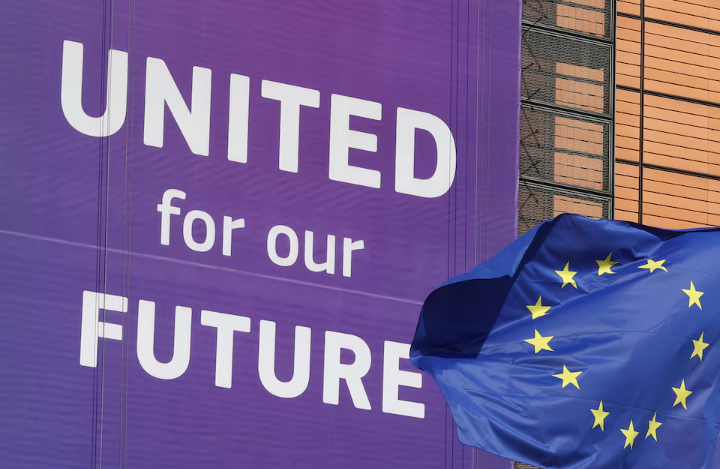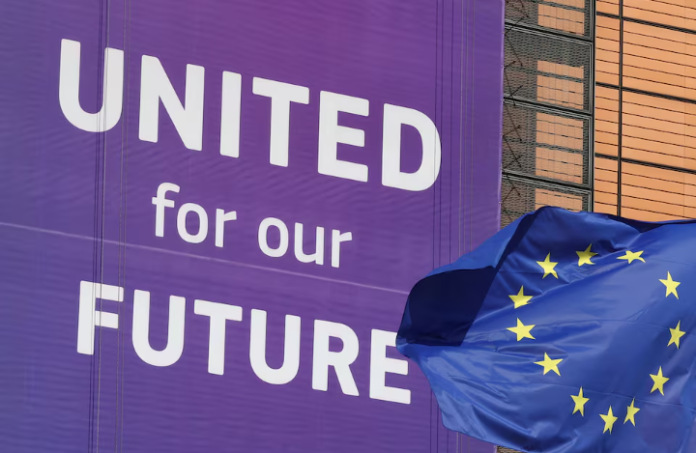As the clock starts ticking on a 90-day suspension of steep U.S. tariffs, European Union finance ministers are meeting urgently to figure out how to avert a potential trade crisis that could push Europe into recession.
On April 2, U.S. President Donald Trump announced reciprocal tariffs of 20% on European goods, a significant hike that rattled markets and EU leaders alike. However, in a surprising twist, he agreed on Wednesday to pause those new tariffs for 90 days — though a 10% levy remains in place for now. Trump also suggested that Europe should increase its imports of U.S. energy to help balance the trade relationship.
The temporary relief offers a critical window for the EU to work out a deal with Washington — but also to prepare for the worst.
“We must use this time wisely. We need an agreement that protects European citizens and businesses,” said Poland’s Finance Minister Andrzej Domanski, who is chairing the talks.
But the message from EU leaders is clear: Europe is ready to strike back if negotiations fail. German Finance Minister Jorg Kukies warned that if the U.S. remains firm on tariffs, “we will have to respond.”
The European Commission, which leads trade negotiations on behalf of the 27-nation bloc, is working on proposals. One idea being floated is a zero-tariff agreement on all industrial goods — a move that could prevent an all-out trade war.
Without a deal, however, the EU will be forced to absorb the shock. Already, sectors like steel, aluminium, timber, automotive, and pharmaceuticals are feeling the squeeze, with some facing tariffs as high as 25%.
EU officials are not sugar-coating the economic risks. According to estimates by the European Central Bank and the European Commission, U.S. tariffs could shrink the EU’s GDP by between 0.3% and 1.0%. Given that the bloc’s projected growth for 2025 is just 0.9%, the threat of a recession is real.
“It’s hard to pin down the numbers just yet, but it’s obvious that this trade dispute will hurt economic growth in the euro area,” said Paschal Donohoe, who chairs the eurozone finance ministers.

Ministers are also grappling with how to support industries hit hardest by tariffs. Some EU governments, with stronger economies, may have the means to offer financial aid to their sectors. Others won’t — raising concerns about fair competition across the EU’s single market.
“I’d prefer we focus on innovation and future sectors like R&D rather than enter a race of subsidies,” Domanski noted.
Interestingly, the EU itself faces internal challenges that mimic tariff-like barriers. The International Monetary Fund (IMF) recently highlighted that regulatory differences within the EU act like a 44% tariff on goods and a staggering 110% on services traded among EU countries. Reducing these internal obstacles could be a strategic countermeasure against U.S. pressure.
As the EU’s 90-day deadline approaches, the decisions made in the coming weeks could shape the bloc’s economic future — and its place in a rapidly shifting global trade landscape.



